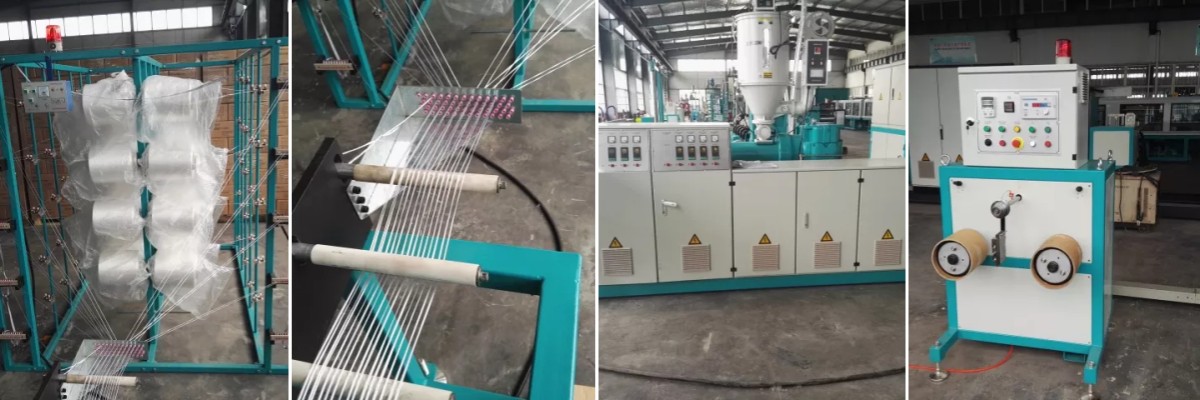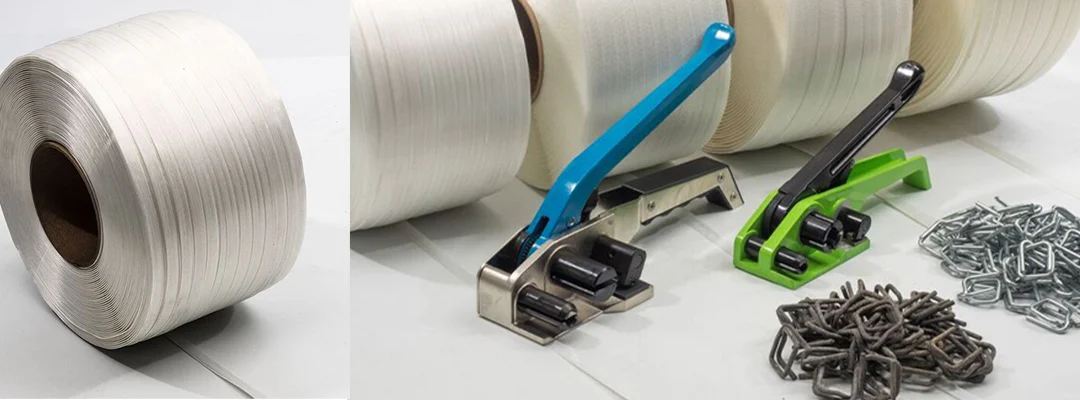In the realm of packaging and securing goods for transportation, cord straps have emerged as indispensable tools. Their versatility, durability, and ease of use make them a favorite among logistics professionals and manufacturers alike. Behind the seemingly simple design of these strapping solutions lies a sophisticated production process, often automated and highly efficient, known as the cord strap production line. This article delves into the intricacies of cord strap manufacturing, highlighting the latest innovations, efficiency gains, and the pivotal role technology plays in optimizing these production lines.
The journey of cord straps from raw materials to finished products has undergone significant transformations over the decades. Initially, production relied heavily on manual labor, with limited mechanization. This traditional method was labor-intensive, prone to errors, and struggled to meet the growing demand for cord straps across diverse industries.
However, advancements in industrial automation and material science have revolutionized the cord strap production line. Modern facilities now integrate state-of-the-art machinery, precision engineering, and intelligent control systems to create a seamless manufacturing process. These innovations not only enhance productivity but also improve product quality, consistency, and safety standards.

The cord strap production line typically comprises several key stages, each designed to process raw materials into finished straps efficiently. These stages include:
1. Material Preparation: The first step involves sourcing high-quality polypropylene, polyester, or nylon fibers, depending on the required strength and application. These materials undergo preprocessing such as cleaning, drying.
2. Extrusion: The prepared materials are fed into an extruder, a machine that melts and forces the plastic through a die to form continuous strands of cord. The temperature and pressure within the extruder are meticulously controlled to ensure uniform thickness and tensile strength.
3. Texturing and Cooling: Immediately after extrusion, the hot strands pass through a texturing unit. The strands are then cooled, usually by passing through water baths or air-cooling systems, to solidify their shape and set their properties.
4. Cutting and Sewing: Once cooled, the continuous strands are cut into desired lengths. For woven cord straps, these lengths are then fed into looms where they are interwoven to create the final product. The weaving process may incorporate various patterns and reinforcement techniques to meet specific strength requirements.
5. Quality Control and Packaging: Each batch of cord straps undergoes rigorous quality control tests, including tensile strength tests, elongation checks, and visual inspections for defects. Once approved, the straps are packaged according to customer specifications, ready for shipment.

The cord strap industry has embraced technology to push the boundaries of production efficiency. Key innovations include:
-Automation and Robotics: The integration of robots and automated systems has significantly reduced human intervention, minimizing errors and speeding up production cycles. Automated systems can handle tasks like material feeding, cutting, and packaging with precision and consistency.
-IoT and Data Analytics: The Internet of Things (IoT) enables real-time monitoring of production lines, allowing manufacturers to gather valuable data on machine performance, material usage, and product quality. Advanced analytics tools process this data to identify inefficiencies, predict maintenance needs, and optimize production schedules.
-Sustainable Practices: Environmental concerns have prompted the adoption of more sustainable practices in cord strap production. This includes using recycled materials, reducing energy consumption through efficient machinery, and implementing waste management systems that minimize landfill and promote recycling.
-Customization and Flexibility: Modern production lines are designed to be highly flexible, allowing for quick adjustments in product specifications and batch sizes. This capability enables manufacturers to meet the diverse and often fluctuating demands of their customers, from standard cord straps to customized solutions tailored for specific industries.

The cord strap production line stands as a testament to the power of innovation and technology in transforming traditional manufacturing processes. By embracing automation, analytics, and sustainable practices, the industry has achieved unprecedented levels of efficiency, quality, and flexibility. As global commerce continues to evolve, the cord strap production line will undoubtedly witness further advancements, driving the creation of even more resilient, eco-friendly, and customized strapping solutions. The journey of transforming simple fibers into versatile securing tools remains a fascinating blend of engineering prowess and creative ingenuity, shaping the future of packaging and logistics.